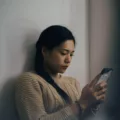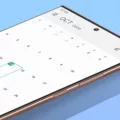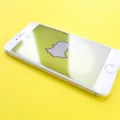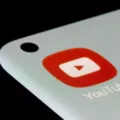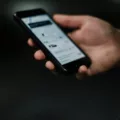Are you locked out of your iPhone because you lost your verification code and don’t have a trusted device handy to display it? Don’t worry, we’ve got your back! In this blog post, we’ll discuss how to get a new verification code when you’ve lost the original one.
First things first, if you don’t have access to the device that was previously used to generate the verification code, there are several ways to get a new one. The most reliable way is to have a code sent to your trusted phone number via text message or an automated phone call. To do this, simply open System Preferences and click on your account name. From there, click Password & Security in the left panel and then click Get Verification Code.
If you haven’t saved any of the backup codes that were generated previously, and you’ve lost the phone that was used for two-factor authentication – try calling your phone network provider and inquire about transferring your old number over to a new phone. Note that this process will require a new SIM card and could take up to two days for it to activate.
We hope these steps help get you back into your iPhone as soon as possible! If not, feel free to contact Apple Support directly for more assistance. We understand how frustrating losing access can be and are here for whatever support you need!
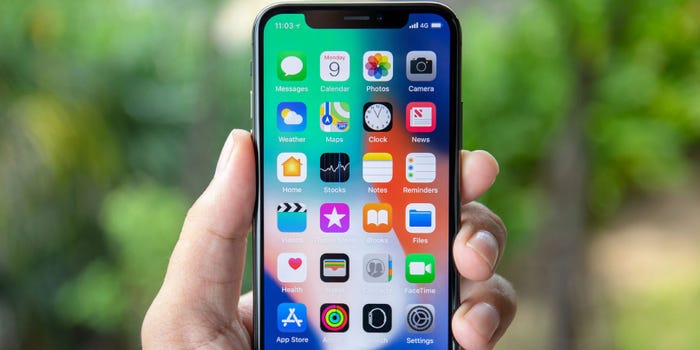
Retrieving an Apple ID Verification Code Without a Phone
If you’ve lost your phone and don’t have access to a trusted device that can display verification codes, you can have a code sent to another trusted phone number via text message or an automated phone call instead. Log in to your Apple ID account page and click Didn’t Get a Code on the sign-in screen. Then choose to send a code to another of your trusted phone numbers. You’ll need to have access to that device in order to receive and enter the verification code.
Obtaining an Apple ID Verification Code Without a Phone or Trusted Device
Unfortunately, if you do not have access to a phone or trusted device, you will not be able to get an Apple ID verification code. Apple requires two-factor authentication for all Apple IDs, which means that you need to have access to either a phone or a trusted device in order to receive the verification code. If you do not have access to either of those, then you will need to contact Apple Support for help resetting your password.
What to Do If You Lose Your iPhone with Two-Factor Authentication Enabled
If you lose your iPhone with two-factor authentication, the first thing to do is contact your phone network and ask them to deactivate your old SIM card and transfer your number to a new one. This process may take up to two days, so it’s important to act quickly. Once you have a new SIM card in a new phone, you’ll need to set up two-factor authentication again using the associated app or website. If you don’t have access to the backup codes that were generated when you first set up two-factor authentication on your lost device, then unfortunately you won’t be able to access that account.
Obtaining an Apple Verification Code Through Email
Yes, you can get your Apple verification code sent to your email. When you set up a new or updated Apple ID, we’ll send a verification email to the associated address. This is to make sure that the email address belongs to you. Simply open the email and follow the instructions provided in order to confirm your Apple ID.
Obtaining Text Verification Code Without a Phone
There are several ways to get text verification codes without a phone. One option is to use an online service that provides virtual numbers. These services usually provide temporary phone numbers which can be used to receive text messages containing the verification code. Another option is to use an app that provides virtual numbers. These apps usually provide a list of virtual numbers in different countries, so you can choose the one that fits your needs. Additionally, some websites may offer SMS verification services, which allow users to receive the code via email or sms message. Finally, some social media sites like Twitter and Facebook also provide options for verifying accounts with a code sent via SMS or email.
Obtaining a 2-Step Verification Code Without a Phone
If you don’t have access to your primary phone, you can still get a 2-step verification code without it. You can use another phone number that you’ve previously added in the 2-Step Verification section of your Google Account. Alternatively, if you have previously saved a backup code, you can use that as well. Finally, if you have access to another phone signed in to your Google Account, you can use that to get a 2-step verification code.
Losing Your Phone and the Impact on Authenticator App
If you lose your phone, you will no longer have access to the secret keys generated by the Google Authenticator app. This means that any services that use two-factor authentication with Google Authenticator will no longer be accessible on that device. To regain access, you must either link the same service with a new Google Authenticator app or contact the service provider and reset your authentication method.
Insights into managing call blocks for unwanted area codes effectively.
Conclusion
In conclusion, the iPhone is a powerful and reliable device that can offer users numerous features. It comes with a variety of features such as a large display, long battery life, an intuitive user interface, and access to the Apple App Store. Additionally, users can also take advantage of security features like two-factor authentication to help protect their data and information. The iPhone is an excellent choice for anyone looking for a top-of-the-line smartphone experience.


